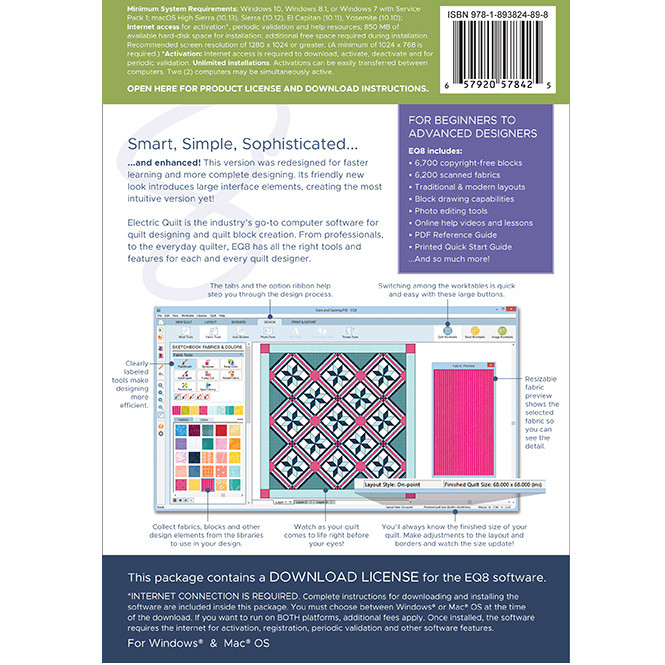

A handheld copper rod does not acquire a charge when you rub it with a cloth. Describe what you might do to test this claim.ġ8.

Suppose someone tells you that rubbing quartz with cotton cloth produces a third kind of charge on the quartz. Can induction be used to produce charge on an insulator?ġ7. Why do some clothes cling together after being removed from the clothes dryer? Does this happen if they’re still damp?ġ6. Why do electrostatic experiments work so poorly in humid weather?ġ5. Trucks that carry gasoline often have chains dangling from their undercarriages and brushing the ground. Soon after sticking to the comb, the pieces of tissue are repelled from it. Small pieces of tissue are attracted to a charged comb. Compare charging by conduction to charging by induction.ġ2. Why are these shocks so much more common on a dry day?ġ1. This charge then causes a spark and a slight shock when the person gets close to a metal object. While walking on a rug, a person frequently becomes charged because of the rubbing between his shoes and the rug. Does the uncharged conductor shown below experience a net electric force?ġ0. Why does a car always attract dust right after it is polished? (Note that car wax and car tires are insulators.)ĩ.

Does the dust have a third type of charge that is attracted to both positive and negative? Explain.Ĩ. When a glass rod is rubbed with silk, it becomes positive and the silk becomes negative-yet both attract dust. Instead, while attempting to place a large negative charge on the ball, the foil flies off. An eccentric inventor attempts to levitate a cork ball by wrapping it with foil and placing a large negative charge on the ball and then putting a large positive charge on the ceiling of his workshop. 5.3 Conductors, Insulators, and Charging by InductionĦ.


 0 kommentar(er)
0 kommentar(er)
